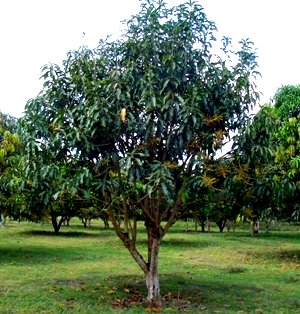Wonder what are the different food and agricultural commodities produced worldwide? Wonder which of these top the list and which country produces the most?
Which of these commodities are crop-based, that is, derived from agricultural crops?
What are the top commodities produced in, by way of example, the United States of America, United Kingdom, South Africa, India, Australia, and the Philippines?
Want also to know what possibly are the major crops in the world and in any country?
Seeking to shed light on these questions, I referred to the online lists provided by FAOStat, the statistics division of the Food and Agriculture Organization of the United Nations.
From its top 10 and top 50 lists, I made a table of the top 20 crop-based agricultural commodities in the world and in six selected countries.


